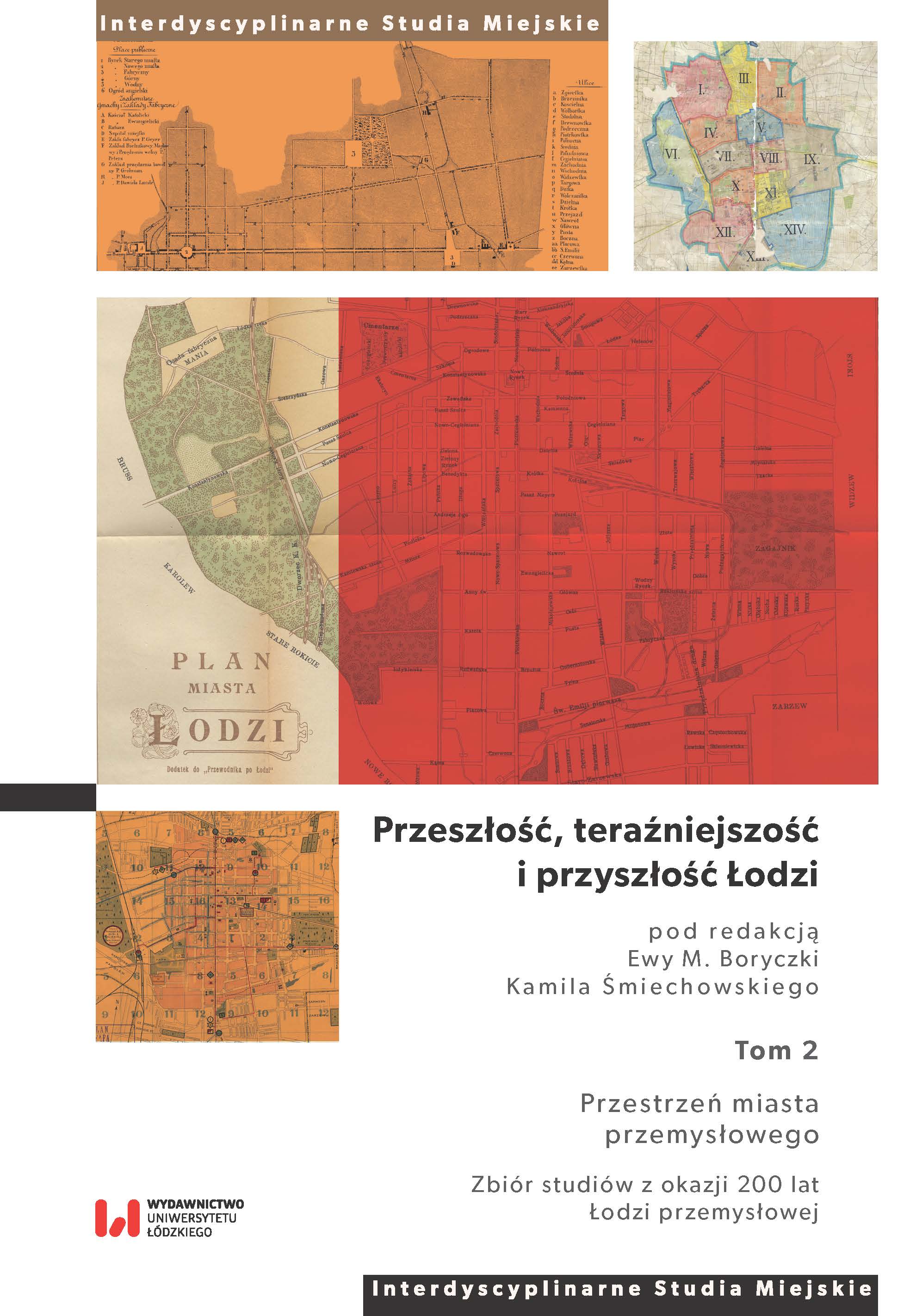Ziemia obiecana wczoraj, dziś i jutro
Promised land yesterday, today and tomorrow
Author(s): Jolanta Jakóbczyk-Gryszkiewicz
Subject(s): History, Geography, Regional studies, Regional Geography, Recent History (1900 till today)
Published by: Wydawnictwo Uniwersytetu Łódzkiego
Keywords: Lodz; promised lan;, development stages; shrinking city; modernization; special economic zone; revitalization; socio-economic changes
Summary/Abstract: This study is concerned with Lodz – a city that from the 19th century was called a promised land. The aim of this chapter is to present the historical determinants of its growth and to provide an analysis of the socio-economic changes that took place in this city after the decline of communism. Lodz was set up in the 15th century, but for the first 400 years it functioned as a mainly agricultural settlement. The government decision established it in 1823 as a textile industry city. Its population grew from 800 at the beginning of the 19th century to over 300 thousand at the end of the century, when Lodz became Poland’s second largest city and a major centre of industry. Up to 1989, the development of Lodz was based on the textile industry and the related branches. In 1989, communism in Poland fell and socio-economic transformation began. In consequence, Poland lost its eastern markets, which had always been of key importance for the condition of the textile industry of Lodz. This factor, along with industrial backwardness, contributed to the decline of the textile industry, which from the 19th century constituted the economic base of the city. The fall of industry was accompanied by depopulation, which caused Lodz to become the most quickly shrinking of the large Polish cities. After 2000, new industrial branches and services started developing in the city. The favourable factors that contributed to this include Poland’s accession to the EU (2004), good location in terms of transport connections, industrial traditions, a special economic zone, and low prices of land and office space. This paper presents the stages in the development of Lodz, and changes of its place in Poland’s settlement network hierarchy. It also discusses current problems of this city resulting from socio-economic changes after 1989, and identifies further development opportunities and directions.
- Page Range: 13-31
- Page Count: 23
- Publication Year: 2023
- Language: Polish
- Content File-PDF

